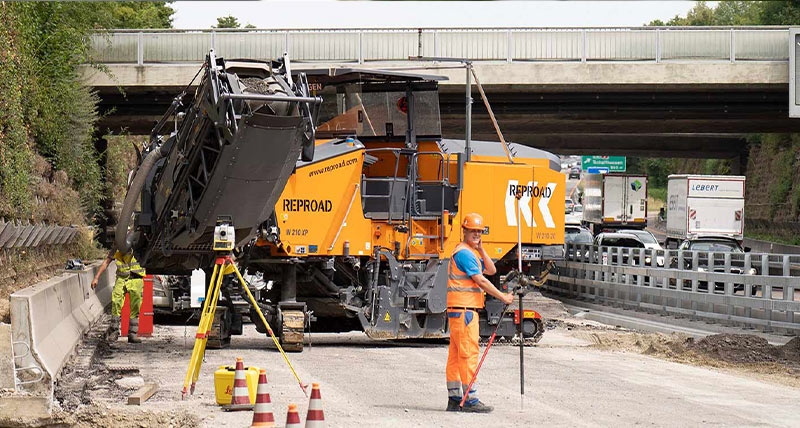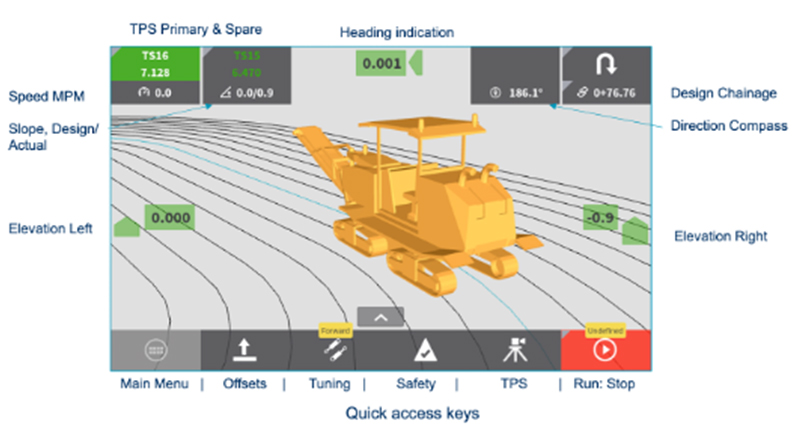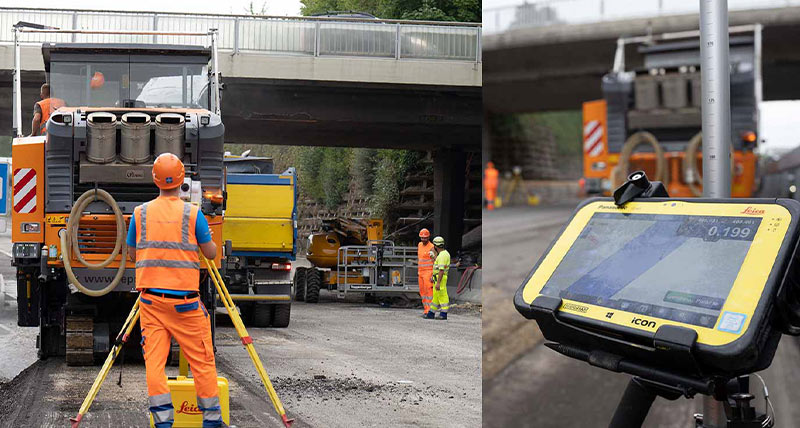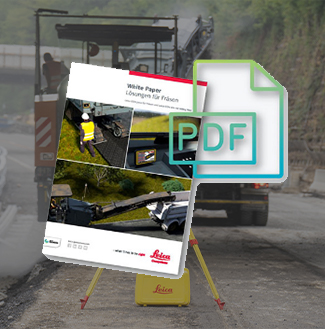Accurate and precise milling with Leica iCON pave 3D machine control solution
Learn how the usage of automation and machine control technologies help contractors mill the surface of an 11.5-kilometre-long motorway section in Switzerland.

Motorway construction in Switzerland started relatively late in the 1950s with the increasing prosperity after the Second World War. Today, the national road network in Switzerland has a length of around 1650 kilometres, and it also has one of the highest motorway densities in the world with 40km / 1000 km2. Due to the mountainous terrain, motorways are inevitable to ensure smooth and fast commute and connect people, cities, businesses and neighbouring countries. The maintenance of the national roads is therefore of great importance.
According to the most recent network status report issued by the Federal Roads Office FEDRO, the national road infrastructure on a scale from 1 (good) to 5 (bad) has an average rating of 1.82, meaning that the Swiss national road network is currently in good condition. One could also say it is “still in good condition” because infrastructures are continuously ageing. Around half of the bridges in Switzerland, for example, were built 50 years ago as well as the first stretch of the motorway around Luzern in 1955.
The Swiss government is currently carrying out a forward-looking maintenance project of the A1 motorway between Effretikon and Winterthur Ohringen. This section of the highway is around 50 years old.
“This maintenance project started in the summer 2019 and will last about three and a half years and the complete renovation of this 11,5 km long section planned to be finished by the end of 2022“, says Robin Goldinger, site manager at KIBAG Bauleistungen AG. “Our task is to refurbish this section and ensure the maintenance and safe operation until expansion to a 6-lane motorway in 2035.”
“Digitalisation helps us to become faster, better and of higher quality”
The usage of automation and machine control technologies is growing rapidly thanks to its benefits not only for the operator and contractor but for the end-customer itself. Digital technologies guide and support construction companies from the very first step of planning and estimation to the maintenance of the final assets.
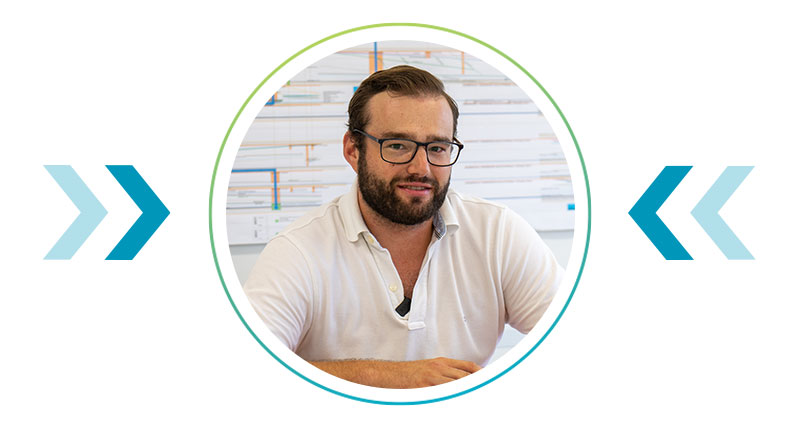
Accuracy and speed are essential when it comes to road construction. Thus, when KIBAG Bauleistungen AG was contracted for the renovation and refurbishment of the Effretikon-Winterthur section of the A1 motorway, they chose sub-contractors that can carry out the work with high accuracy, following a digital reference model and supplying digital data.
For those reasons, REPROAD AG, a 42-year old construction company with expertise in industrial floor construction, milling, grinding and shot peening, was contracted for the milling job.
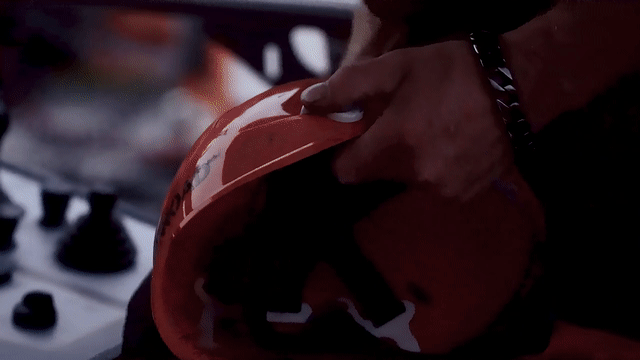
“One machine - one operation - done!“
A strong and good foundation is critical for any structure. When it comes to large infrastructure projects, like motorways where hundreds of people pass hourly, you want to make sure the milling contractor you hire, use the best equipment to provide a smooth surface and the correct layer thickness.
3D systems and machine control are an established technology with which operators at REPROAD controls road and rock milling machines, eliminating the spraying of the milling depth on the asphalt, controlling the levelling panels, manually entering the depth information into the cold planer and monitoring surface before and after the mill. 3D technology not only helps the sub-contractor, REPROAD, to provide an even surface for repaving but also to achieve the accuracy and profile required by KIBAG to ensure the right amount of hot mix asphalt needed for later paving.
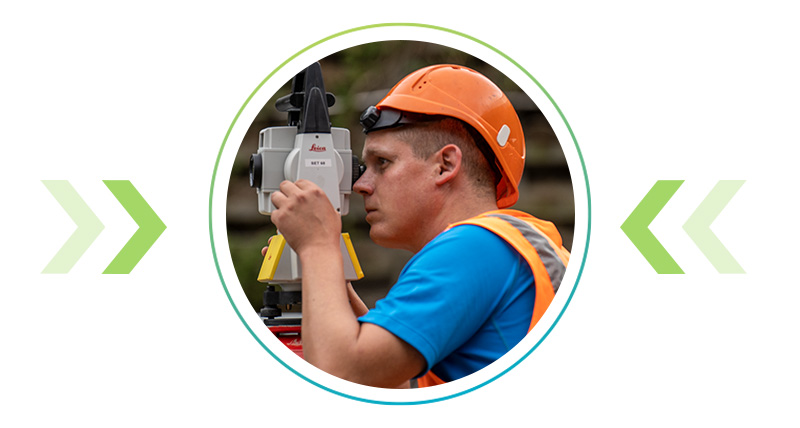
The height-adjustable chassis of the WIRTGEN cold milling machine define the milling depth so precisely that individual paving layers can be removed and loaded. This precision, combined with the possibility to automatically mill following a digital reference model with machine control, makes the height-adjustable trolleys suitable for milling foundation faster with high quality.
“Today our task is to mill the entire surface 500 meters long in 3D and with the highest precision,” says Fabian Stöckli, milling operator at REPROAD. “The advantage of using 3D machine control is that you have a finished plan. You no longer need a fine level anymore. One machine - one operation - done!“
By utilising 3D technology, REPROAD delivers high-quality result with only one operator carrying out the job.
“There are no more mistakes with Leica MC1, it is really fun, the accuracy and the end result are great!”
The Leica iCON pave for milling application consists of the Leica MC1 software platform the MCP80 panel, prisms, LRBT radio, total stations and various sensor configurations available. Besides the hardware and software solution, Leica Geosystems offers cloud connectivity through Leica ConX and continuous customer support.
With the help of a prism mounted on the cold milling machine, the position and height of the machine are automatically measured with a total station and automatically compared with the digital reference model loaded to the Leica iCON pave milling 3D machine control solution. “The trick and the technology with a 3D milling solution is that we have total stations that continuously track the milling machine and based on the machine’s current position, it is controlled with millimetre accuracy in relation to the project data,” explains Reto Bardill, support engineer at Leica Geosystems. In the event of deviations from the plan, the machine control system automatically makes corrections. In this way, REPROAD operator, Fabian Stöckli, achieves a high level of accuracy over the entire processed area.
“With the old system that we had, the margin of error was relatively high. So far, with the new 3D milling solution, everything is going smoothly and perfectly. We cannot complain,” says Stöckli. “Of course, the speed always depends on the layer thickness we need to mill. In the case of removing only the top layer, we're talking about a maximum of 15,000 m2 milled area per day. However, if we need to go down into the base layer, it decreases speed, but we can still achieve 8,000 m2 to a maximum of 10,000 m2 milled surface a day.”
“The latest Leica iCON pave solution allows a lot of new functions. For example, if the total station is interrupted by a truck that is arriving or departing, the next total station automatically takes over the positioning,” explains Stöckli.
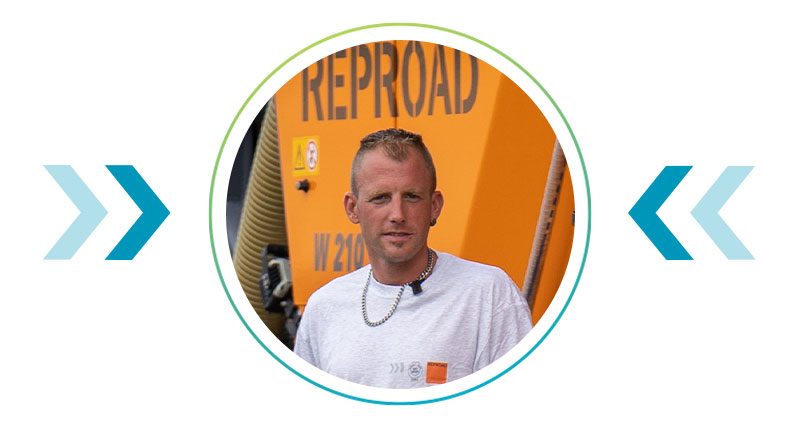
The intuitive user interface of the MC1 software platform enables Stöckli to have an overview of the project, including elevation differences, slope and design model, speed and give easy access to the menu items.
Thanks to the green and red colour signages, the operator is always alerted if there is any deviation from the plan.
“Milling with the Leica machine control system is always a pleasure, especially with the new MC1," says Stöckli. "There are no more mistakes, it is really fun, the accuracy and the end result is great!”
Digitalisation is the future
Leica Geosystems, a Hexagon company, offers solutions for asphalt and concrete paving since 1999 and released the first 3D solution for milling machines in 2006. The development of our machine control technology is carried out closely with equipment manufacturers to ensure that the systems work smoothly on every equipment, in this case, on a WIRTGEN cold planer. By automating the depth and slope of the cold planer with the 3D solution, Leica Geosystems saves surveyors and operators from labour-intensive tasks such as placing stakes, manually adjusting for variable mill depths or marking locations.
Keeping up with the technological advancements and integrating digital solutions, processes into their everyday workflows, KIBAG Bauleistungen AG is one of the leading construction companies in Switzerland since 1926.
“In the future, I hope to be able to carry out many more beautiful projects,” says Goldinger. “We will invest in new technology and use simply everything, that helps us to make progress faster, ever higher, ever broader and of course to hand over projects to our customers with the highest level in terms of quality and execution,” concludes the site manager.
At Hexagon’s Heavy Construction Solutions, we drive ourselves and the industry to never settle and always move forward digitising processes from planning, to estimation, to site preparation, to construction and maintenance, helping our customers to be on time, on specs, on budget and on safety.
To learn more how to achieve higher accuracy and efficiency on your next milling project, explore our Construction Autonomy solutions.
.jpg?h=428&iar=0&w=800&hash=11326CAEA51AECC6B2FFBA75F2E4796B)
